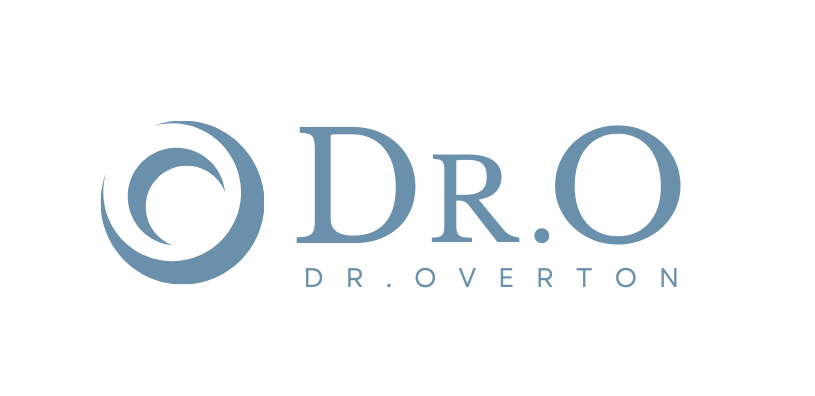The treatment of opioid use disorder (OUD) requires a comprehensive approach that addresses both the physical and psychological aspects of addiction. Medication-Assisted Treatment (MAT) has emerged as a highly effective strategy, combining medications with behavioral therapies and support services. In this article, we will explore the major components of MAT in detail and highlight their importance in promoting long-term recovery. As a leading provider of addiction treatment, Premier Spine Pain and Rehabilitation is committed to offering comprehensive MAT programs to individuals in need.
Medications Used in MAT Medications play a crucial role in MAT by reducing withdrawal symptoms, minimizing cravings, and normalizing brain function. The three main medications used in MAT are methadone, buprenorphine, and naltrexone.
1. Methadone
- Methadone is a long-acting opioid agonist that has been used for decades in the treatment of OUD.
- It helps individuals stabilize their opioid use, manage withdrawal symptoms, and reduce cravings.
- Methadone is administered under strict regulations in specialized clinics and requires daily visits.
- Studies have shown that methadone maintenance treatment significantly reduces illicit opioid use, criminal activity, and the risk of HIV transmission (FDA, 2021).
2. Buprenorphine:
- Buprenorphine is a partial opioid agonist available in various forms such as sublingual tablets, films, and implants.
- It binds to the opioid receptors in the brain, providing relief from withdrawal symptoms and reducing cravings.
- Buprenorphine has a ceiling effect, which means that higher doses do not produce increased opioid effects or overdose risks.
- The accessibility of buprenorphine has expanded with the introduction of the Drug Addiction Treatment Act, allowing qualified physicians to prescribe it in office-based settings.
- Research has demonstrated that buprenorphine treatment leads to reduced illicit opioid use, increased treatment retention, and improved overall outcomes (FDA, 2021).
3. Naltrexone:
- Naltrexone is an opioid antagonist that blocks the effects of opioids by binding to the opioid receptors.
- It is available in oral or extended-release injectable forms, offering flexibility in treatment options.
- Naltrexone is non-addictive and does not produce physical dependence.
- It is typically used in individuals who have already detoxed from opioids and are motivated to remain abstinent.
- Research has shown that naltrexone treatment can effectively prevent relapse and reduce the risk of overdose (FDA, 2021).
Behavioral Therapy Medications used in MAT are most effective when combined with behavioral therapies. Behavioral therapies help individuals address the underlying psychological factors contributing to their addiction and develop healthier coping strategies. Some commonly used behavioral therapies in MAT include
1. Cognitive-Behavioral Therapy (CBT):
- CBT helps individuals identify and modify negative thoughts and behaviors associated with drug use.
- It focuses on building skills to manage cravings, develop problem-solving abilities, and enhance self-control.
- CBT aims to help individuals develop healthier thought patterns and behaviors that support recovery.
2. Contingency Management:
- Contingency management uses positive reinforcement to reward drug-free behaviors.
- Individuals receive incentives, such as vouchers or privileges, for meeting treatment goals, attending counseling sessions, or submitting drug-free urine samples.
- This approach motivates individuals to engage in treatment and maintain abstinence.
3. Motivational Interviewing:
- Motivational interviewing is a person-centered approach that enhances motivation and engagement in treatment.
- It focuses on exploring and resolving ambivalence about change, helping individuals identify their motivations for recovery.
- Motivational interviewing techniques promote self-efficacy and commitment to treatment.
Patient Evaluation and Individualized Treatment Plans An essential component of MAT is conducting a comprehensive evaluation of each patient to determine the most appropriate treatment approach. Individualized treatment plans are then developed based on the patient's unique needs, goals, and medical history.
1. Assessment:
- Comprehensive assessments include physical examinations, medical history review, and screening for co-occurring mental health disorders.
- Assessments also consider factors such as previous treatment experiences, social support systems, and potential barriers to treatment.
2. Individualized Treatment Plans:
- Treatment plans are tailored to meet the specific needs of each patient.
- They outline the medication regimen, frequency of counseling sessions, and additional support services required.
- Treatment plans are regularly reviewed and adjusted based on the individual's progress and changing needs.
Support Services Support services are vital in addressing the holistic needs of individuals receiving MAT. These services help individuals overcome various challenges and maintain long-term recovery.
1. Counseling and Therapy:
- Individual counseling and group therapy sessions provide emotional support and address psychological aspects of addiction.
- They help individuals develop coping strategies, improve communication skills, and rebuild their lives.
2. Case Management:
- Case managers assist individuals in accessing additional resources, such as housing assistance, employment support, and legal services.
- They collaborate with other healthcare professionals and community organizations to ensure comprehensive care.
3. Peer Support:
- Peer support programs connect individuals with others who have experienced similar challenges.
- Peer support offers empathy, understanding, and encouragement, fostering a sense of community and reducing feelings of isolation.
Collaboration and Care Coordination Successful MAT involves collaboration among healthcare providers, addiction specialists, and support services to ensure integrated and coordinated care.
1. Multidisciplinary Approach:
- MAT programs often involve a team of healthcare professionals, including physicians, counselors, nurses, and case managers.
- Collaboration among team members ensures comprehensive care, addressing both physical and psychological needs.
2. Care Coordination:
- Care coordination involves sharing information, coordinating appointments, and facilitating communication between different providers.
- It helps individuals receive seamless care, minimizes treatment gaps, and optimizes outcomes.
Reducing Stigma and Promoting Education Reducing stigma associated with opioid use disorder and MAT is crucial in encouraging individuals to seek treatment and fostering a supportive community.
1. Public Education:
- Public education campaigns raise awareness about OUD, dispel myths, and promote understanding.
- They provide information about the effectiveness of MAT and the benefits of seeking treatment.
2. Healthcare Provider Education:
- Continuing education programs for healthcare providers enhance their knowledge and skills in providing MAT.
- Education empowers providers to offer evidence-based care, address stigma, and engage in patient-centered approaches.
Medication-Assisted Treatment (MAT) combines medications, behavioral therapies, patient evaluation, support services, collaboration, and stigma reduction efforts to address opioid use disorder comprehensively. Premier Spine Pain and Rehabilitation is dedicated to providing comprehensive MAT programs, utilizing evidence-based practices to empower individuals on their journey to recovery. If you or your loved one is struggling with opioid addiction, we encourage you to reach out to Premier Spine Pain and Rehabilitation and take the first step towards a healthier, drug-free life.



COMMENTS